 |
| The headquarters of the Democratic Republic of Vietnam delegation during the Paris Conference in the city of Choisy-le-Roi. |
That forced US President L. Johnson to unconditionally stop bombing North Vietnam in March 1968 at Hanoi's request to start negotiations. Negotiations took place in Paris from May 13, 1968 between US Ambassador Averell Harriman and North Vietnamese Foreign Minister Xuan Thuy. It took them six months to decide who would participate in the negotiations. That was the Democratic Republic of Vietnam (DRV), the United States, the Saigon government and the National Liberation Front (NLF) which a few months later changed to the Provisional Revolutionary Government of the Republic of South Vietnam (PRG).
Arriving in Paris on May 10, 1968, the negotiating team stayed at a luxury hotel, but the members of the delegation were disturbed by journalists, curious people, sympathizers and demonstrations taking place nearby, especially by those opposing the Hanoi government. The delegation asked the French Communist Party (CPF) to help find a more discreet place to stay, avoiding external pressures to work under favorable conditions. The negotiating team moved to the Maurice Thorez school in the town of Choisy-le-Roi, where the CPF trained its leaders.
The thirty-seven members of the negotiating delegation were enthusiastically assisted and protected by hundreds of members of the French Communist Party, all of whom volunteered and were devoted to their Vietnamese comrades. They worked as drivers, cooks, waiters, laundrymen, guards, bodyguards and security personnel. On family holidays and New Year's, they welcomed the members of the negotiating delegation home and organized tours for the delegation. The French Communist Party arranged for the negotiating delegation a group of doctors and general medical staff. The French Communist Party also organized to welcome many delegations supporting Vietnam to visit the negotiating delegation. Originally planned for only two months, the delegation stayed there for five years. From the initial 37 members, the total number of members quickly increased to 70.
On January 25, 1969, four-party talks began at the International Conference Center on Kléber Avenue.
Richard Nixon, elected President six months earlier, had promised to withdraw American troops while strengthening the Saigon regime of Nguyen Van Thieu. Thieu did not want the United States to withdraw from Vietnam because if he faced the North and the resistance forces in the South alone, the chances of survival were very low. He tried to resist negotiations but in vain.
When the public negotiations in Kléber reached a deadlock, which the head of the CPCMLT negotiating delegation, Nguyen Thi Binh, described as “a dialogue between deaf people”, Hanoi and Washington decided to meet secretly. Mr. Le Duc Tho led the DRV delegation and Kissinger led the US delegation. Now, peace or war would depend on what these two men negotiated. On February 21, 1970, the first meeting between Le Duc Tho and Kissinger took place. The Vietnamese negotiating delegation welcomed the US delegation at Villa No. 11, Darthe Street, Choisy-le-Roi. At the end of the negotiations, this town became the capital of peace and friendship.
 |
| Mr. Le Duc Tho, Deputy Foreign Minister Nguyen Co Thach met with US Presidential Advisor Henry Kissinger and Deputy Assistant Secretary of State William Sullivan during a meeting at a villa in the suburb of Gif-sur-Yvette, France. |
In February 1972, Nixon went to Beijing and two months later to Moscow. He met with Chinese Chairman Mao Zedong and then Soviet General Secretary Brezhnev. Nixon hoped that these two countries would put pressure on the DRV to end the negotiations, but he was not listened to.
In September 1972, peace was at hand. Kissinger and Le Duc Tho signed the draft agreement. But in Saigon, Nguyen Van Thieu refused to sign. He demanded that the demarcation line in the 1954 Geneva Agreement be maintained and that the northern army be withdrawn from the south. He wanted to recognize two states.
So in October 1972, Kissinger had to resume negotiations with Le Duc Tho to come up with amendments that he knew were unacceptable. The press heard that the negotiators met secretly at Choisy-le-Roi. The two delegations first met at Gif-sur-Yvette at the villa of the artist Fernand Léger.
This time, the signing of the Agreement was scheduled to take place on October 25-26, 1972. In fact, Kissinger had tried his best to avoid being blamed because he understood that Washington had planned to restart the war and what he had to do was to convince Nguyen Van Thieu to sign the Agreement.
Le Duc Tho was not fooled, because Thieu would say no and that would be an excuse for the US to cancel the draft Agreement that had been reached.
Hanoi wanted to keep the October 8 draft because it believed it had made enough concessions, while the US side demanded to discuss again the issue of withdrawing Northern troops from the South, when this issue had been resolved after three years of negotiations.
Since November 20, 1972, many reporters have been around the house in Gif-sur-Yvette. The Americans have demanded 67 changes. If Hanoi does not negotiate, Nixon will decide to resume bombing. On the third day of the meeting, Le Duc Tho agreed to move some units closer to the border and to ensure a ceasefire in Cambodia. For the United States, that was not enough.
 |
| Negotiations between Mr. Henry Kissinger and Mr. Le Duc Tho at a house on the Golf course of Saint Nom la Breteche near Paris, January 1973. On the far left are Deputy Assistant Secretary of State William H. Sullivan, H. Kissinger and Winston Lord - member of the National Security Council. Opposite on the right is Le Duc Tho (holding glasses on the table), on both sides are Minister Xuan Thuy and Deputy Foreign Minister Nguyen Co Thach. |
Nixon told Kissinger: “To strengthen our negotiating position with North Vietnam, if they continue to be stubborn as they are now, you must consider the possibility of suspending the discussions so that both sides can consult with the government and return to negotiations in a week. We will take advantage of this time to conduct massive bombing. In my opinion, that is a risky option, but I have decided to do so, if it is the only option rather than an agreement that is worse than the draft of October 8. We must be tough with Saigon as well as Hanoi and cannot accept a cheap deal.”
Nixon stressed to Kissinger that if the talks were to stall, “it would be because of North Vietnam’s stubbornness and not because of us, never because of Saigon and never because of the last chance.” Kissinger told Nixon: “You and I both understand that the amendments made in November are a piece of shit. They only bring about small progress but allow Thieu to accept it.”
Regarding the assistance of China and the Soviet Union to the DRV, Kissinger analyzed: “The two countries never sent troops or advisors, which showed that North Vietnam fought on its own while the US protection turned Saigon into a weak assistant.”
In mid-December 1972, the negotiations were interrupted. Le Duc Tho returned to Hanoi. No sooner had he arrived than North Vietnam and the capital Hanoi were engulfed in a rain of bombs. The air raids with hundreds of B52s lasted 12 days. Nixon declared: “We will punish the enemy until it hurts.” According to Nixon, “… with the might of the American air force and navy, the Communists cannot win.” For the Vietnamese leaders, it was in fact “an aerial Dien Bien Phu,” with dozens of B52 bombers shot down.
When peace seemed to have been buried, Le Duc Tho and Kissinger met again on January 8, 1973 at Gif-sur-Yvette, the same place where three weeks earlier, when they parted, Kissinger wished Le Duc Tho “a Merry Christmas” even though he knew full well that when Tho returned to Hanoi, the US Air Force would bomb him.
* Daniel Roussel is a French journalist, filmmaker and author. He was a correspondent for L'Humanité in Vietnam, Laos and Cambodia from 1980 to 1986. In 2015, he made a documentary titled "The Vietnam War, at the heart of secret negotiations". The film has been shown many times on ARTE and LCP television stations in France, Germany and many other countries. |
The January 8 session was cut short because Le Duc Tho was angry. He spoke so loudly that the journalists who followed Kissinger to the door of the villa could hear what small Vietnam was saying (criticizing) the superpower America. Kissinger had to interrupt several times to ask Tho to speak more quietly. Le Duc Tho condemned the American bombings at a time when the agreement was almost complete. He was angry at Kissinger's attitude when he knew that the United States had planned to start bombing by the time he returned to Hanoi.
Negotiations then resumed and within five days the two sides agreed on the text of the Agreement which was officially signed on January 27, 1973 after more than four years of negotiations.
Four negotiating delegations signed the Ceasefire Agreement. The United States pledged to end all military operations and withdraw all U.S. troops within two months. This was followed by negotiations between the Saigon government and the PRG to form a national reconciliation government after elections to unify the country.
For the DRV and the CPCMLT, the agreement was a victory. Two years later, on April 30, 1975, Vietnam was unified.
In 2015 in New York, Kissinger gave us an interview. Here is the original quote: “Le Duc Tho is the representative of a small country negotiating with a superpower. His strategy is to break our spirit… It is unfortunate to have such an opponent. He is loyal to Marxism and has the American peace movement always by his side.”
Source: https://baoquocte.vn/chien-tranh-va-hoa-binh-5-nam-dam-phan-hiep-dinh-paris-214823.html



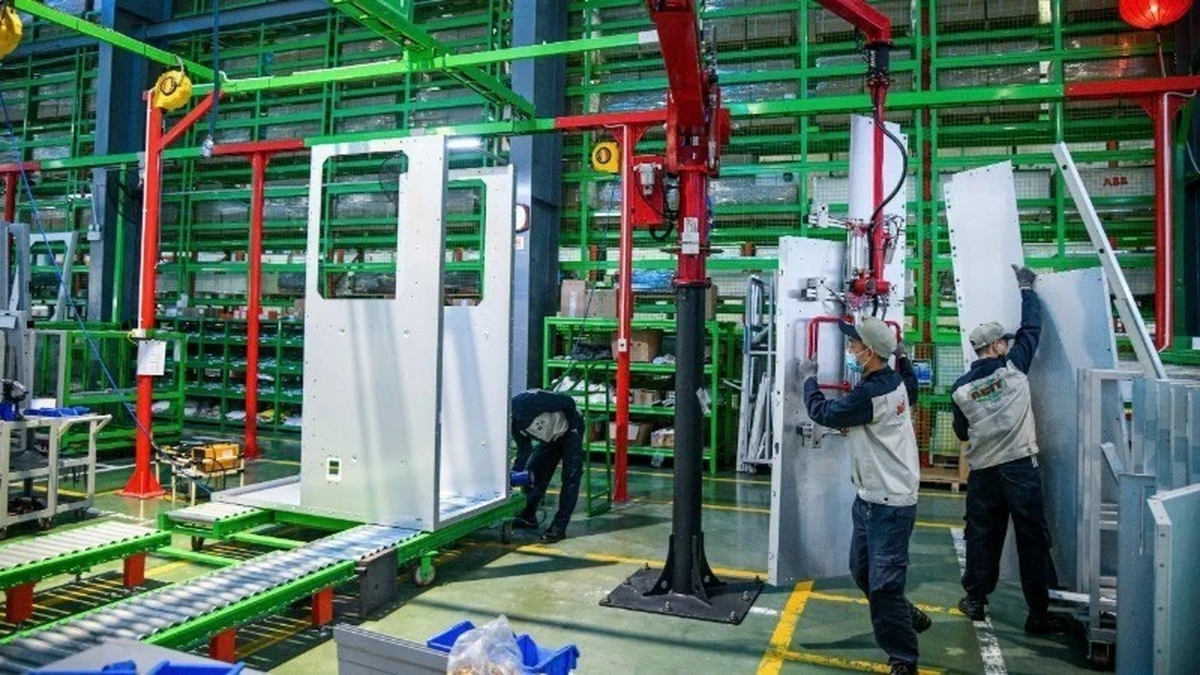

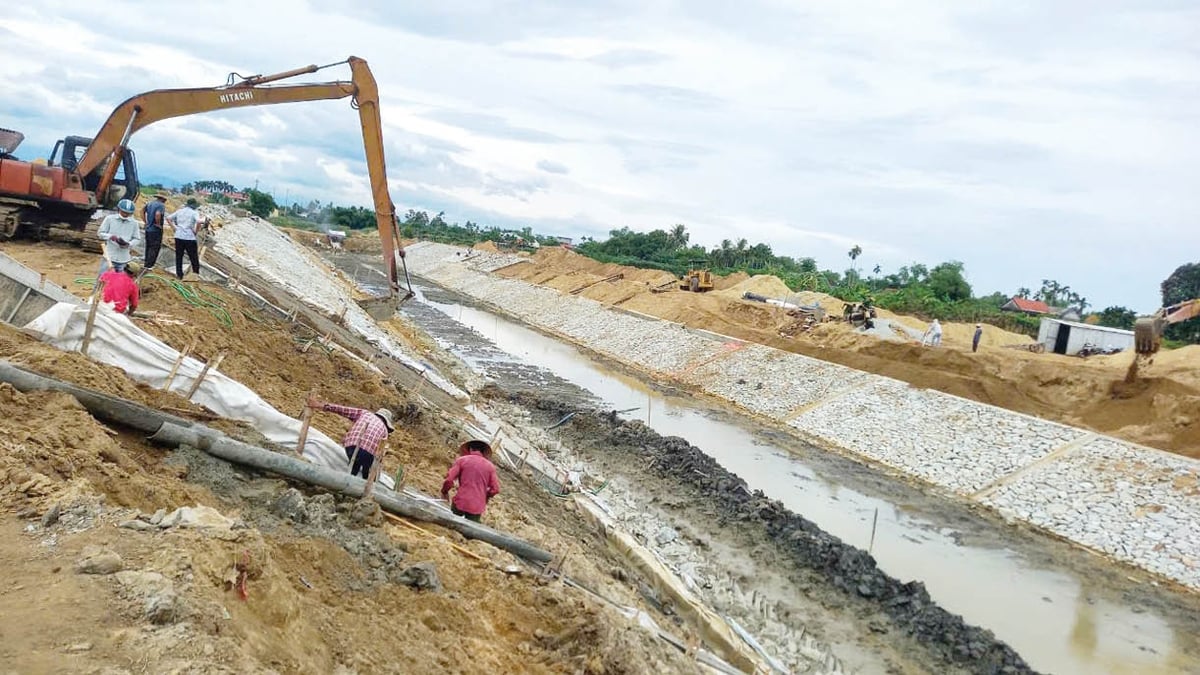
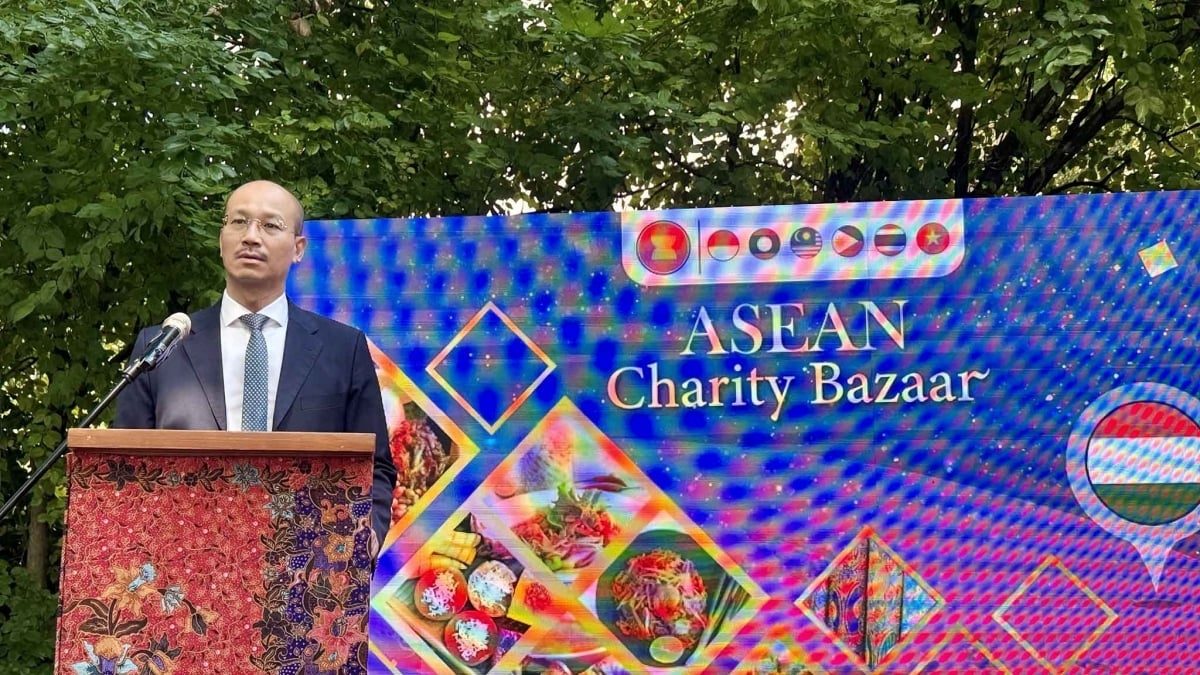
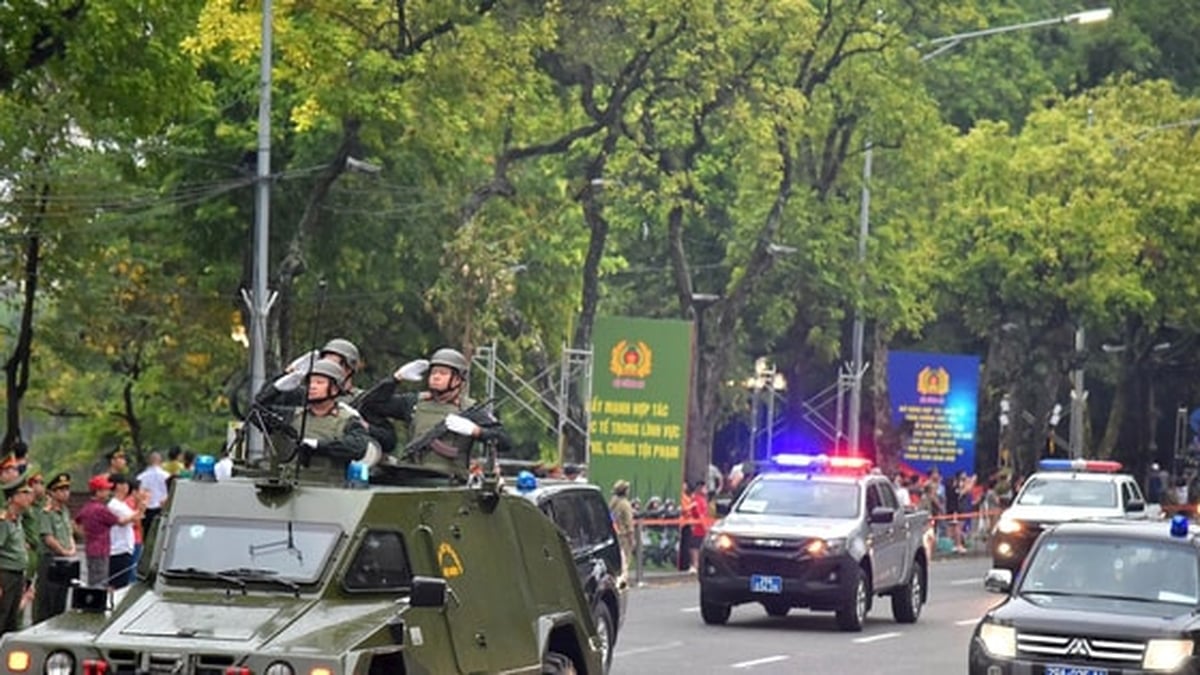
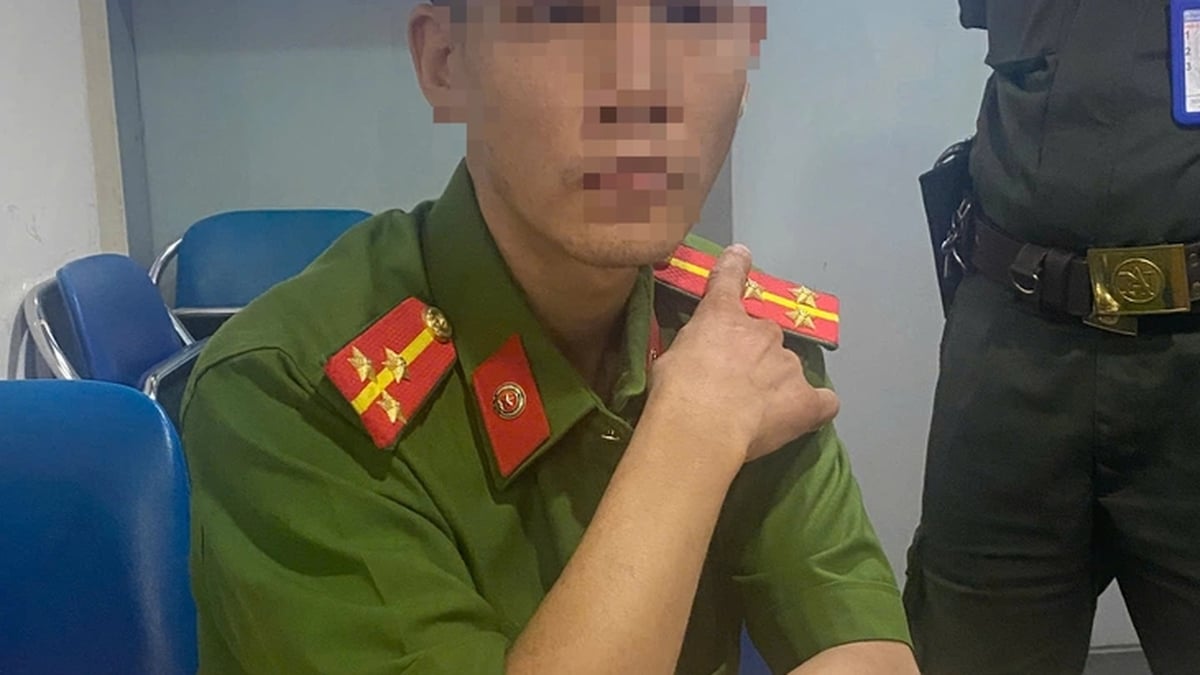

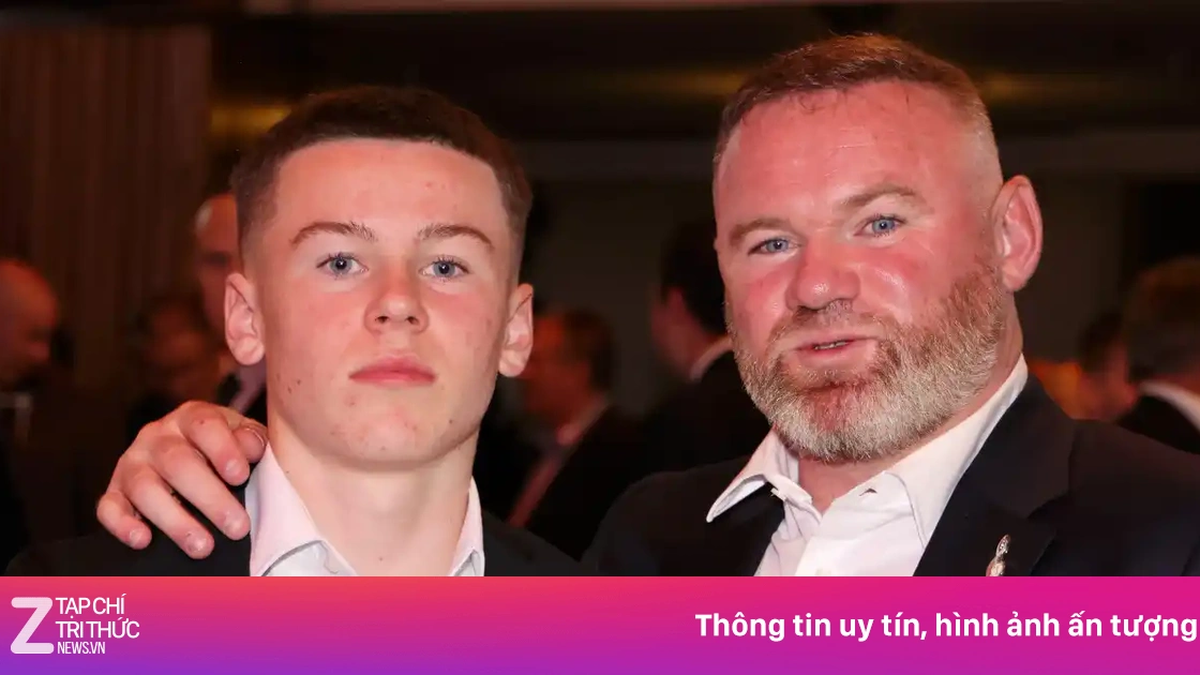
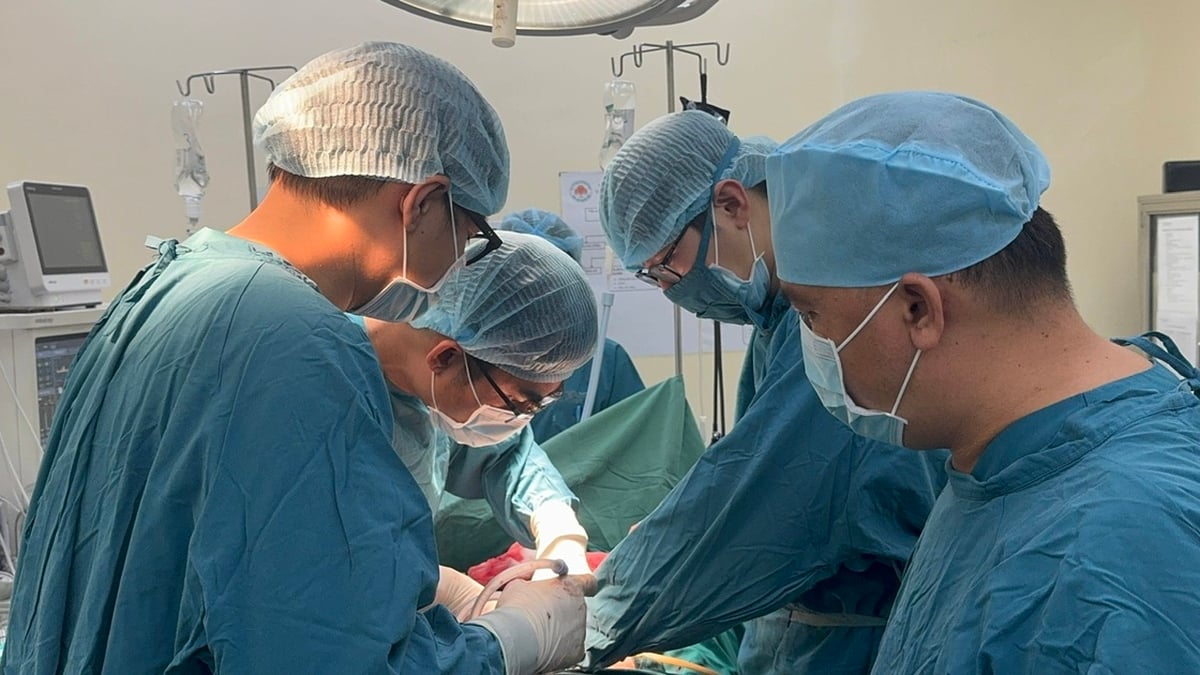












![[Photo] Nghe An: Provincial Road 543D seriously eroded due to floods](https://vphoto.vietnam.vn/thumb/1200x675/vietnam/resource/IMAGE/2025/8/5/5759d3837c26428799f6d929fa274493)

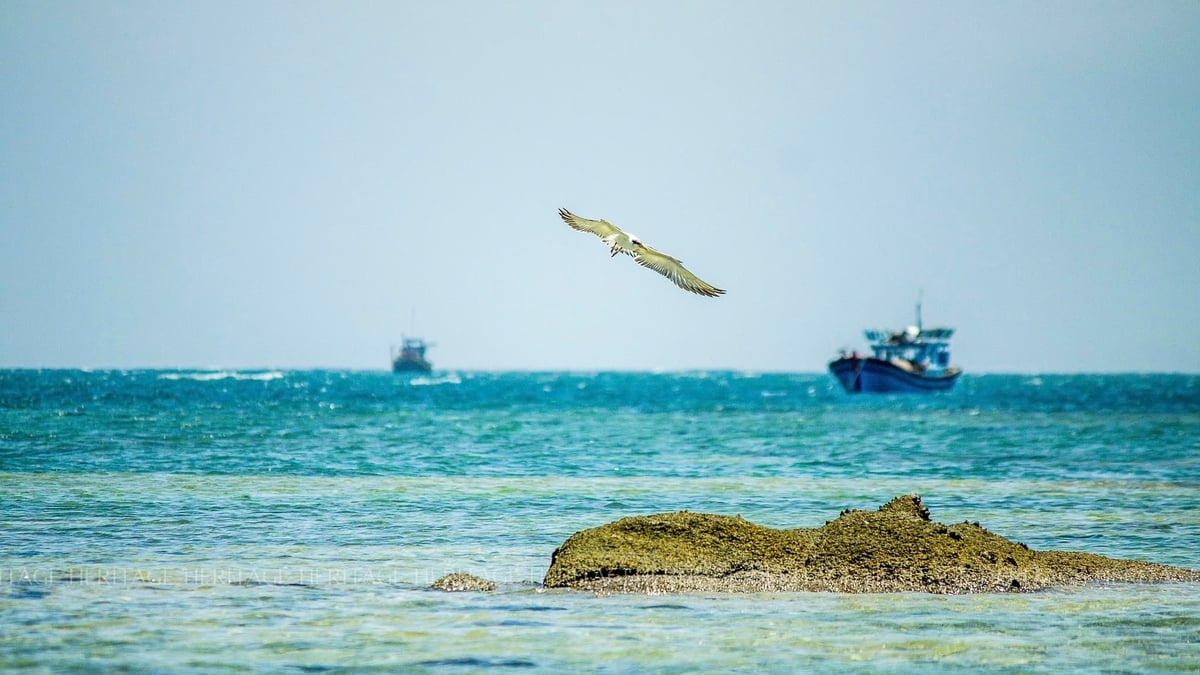


![[Photo] Discover the "wonder" under the sea of Gia Lai](https://vphoto.vietnam.vn/thumb/1200x675/vietnam/resource/IMAGE/2025/8/6/befd4a58bb1245419e86ebe353525f97)


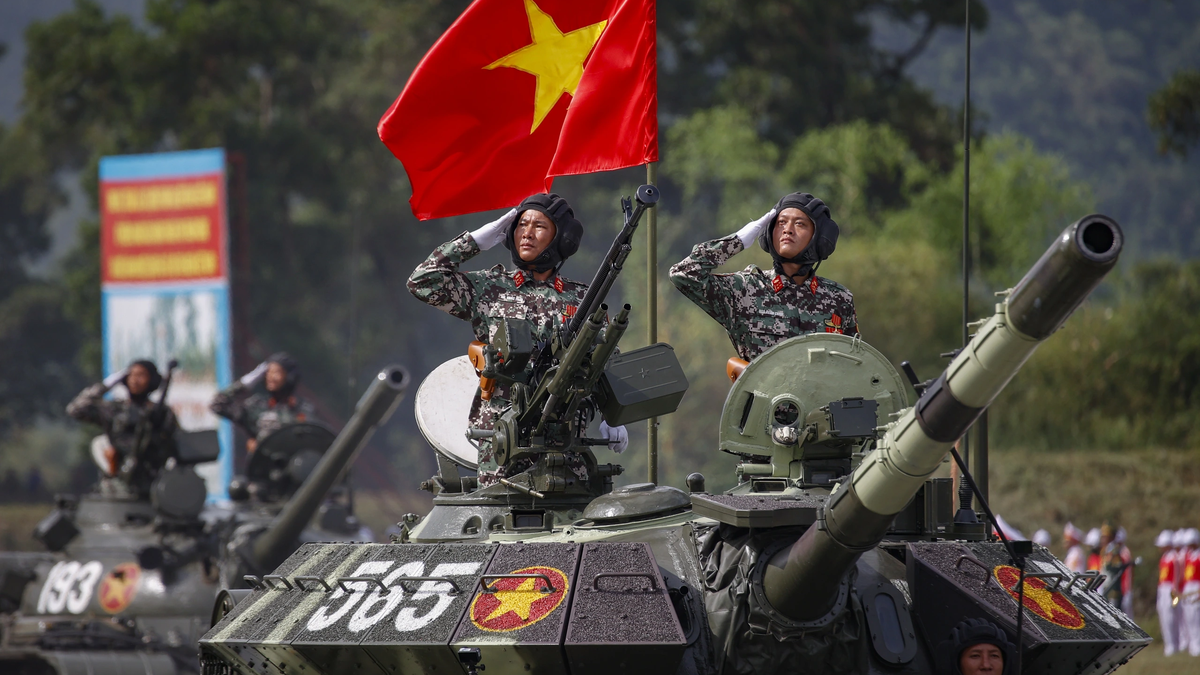




















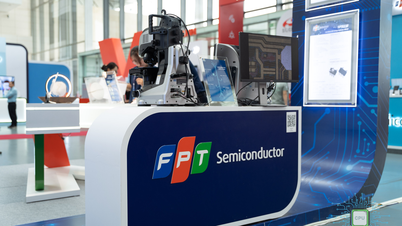


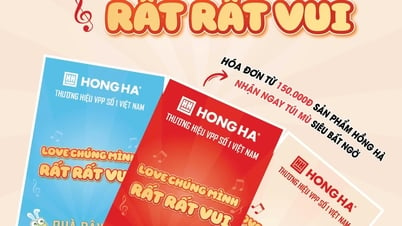



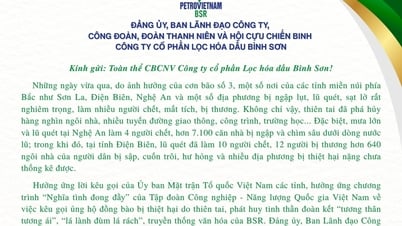
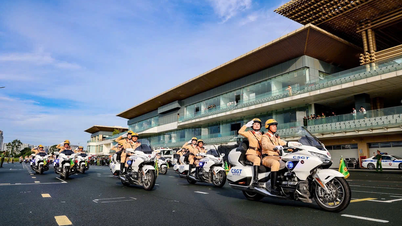
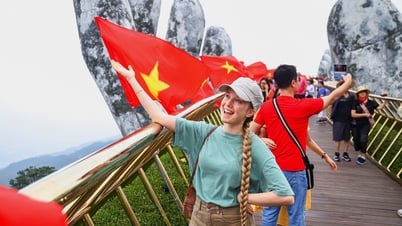
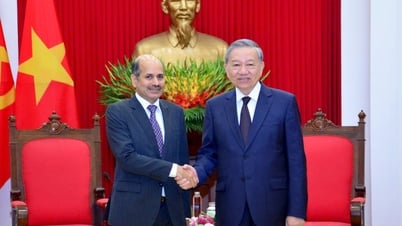

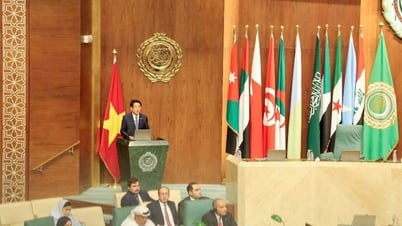


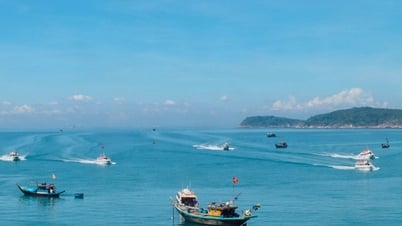
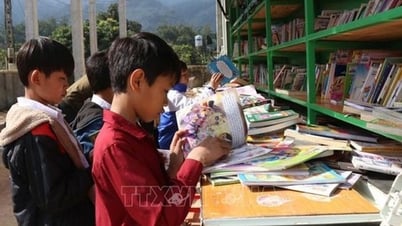
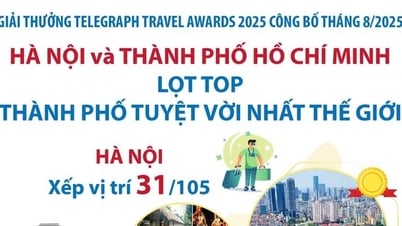
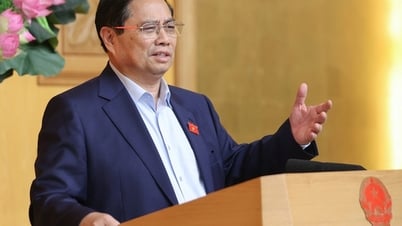
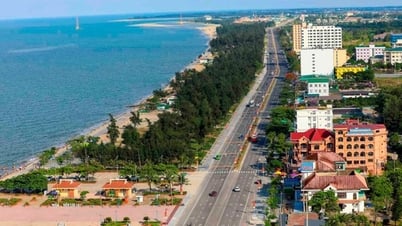
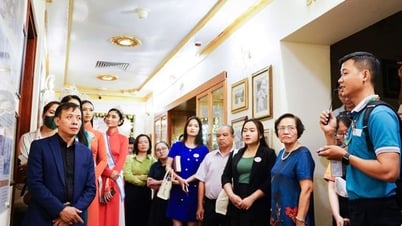


















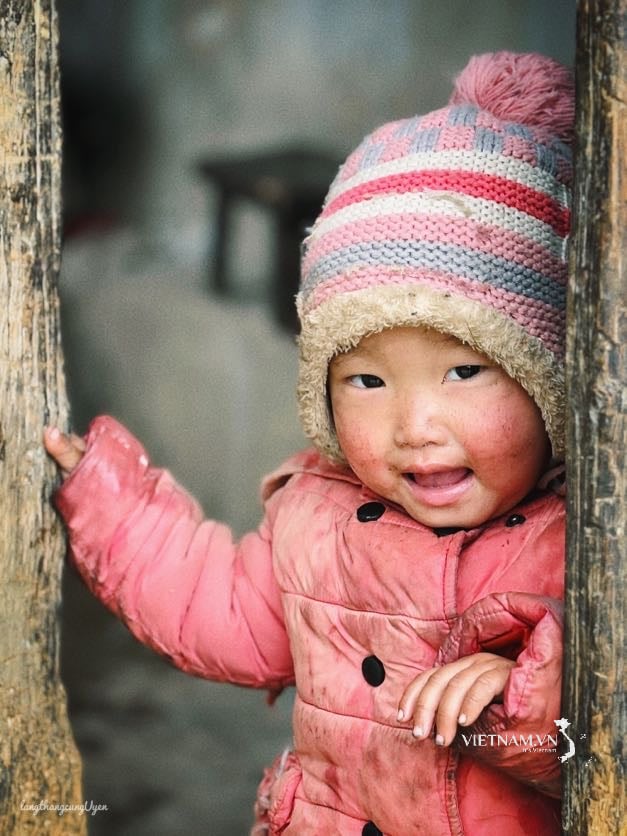
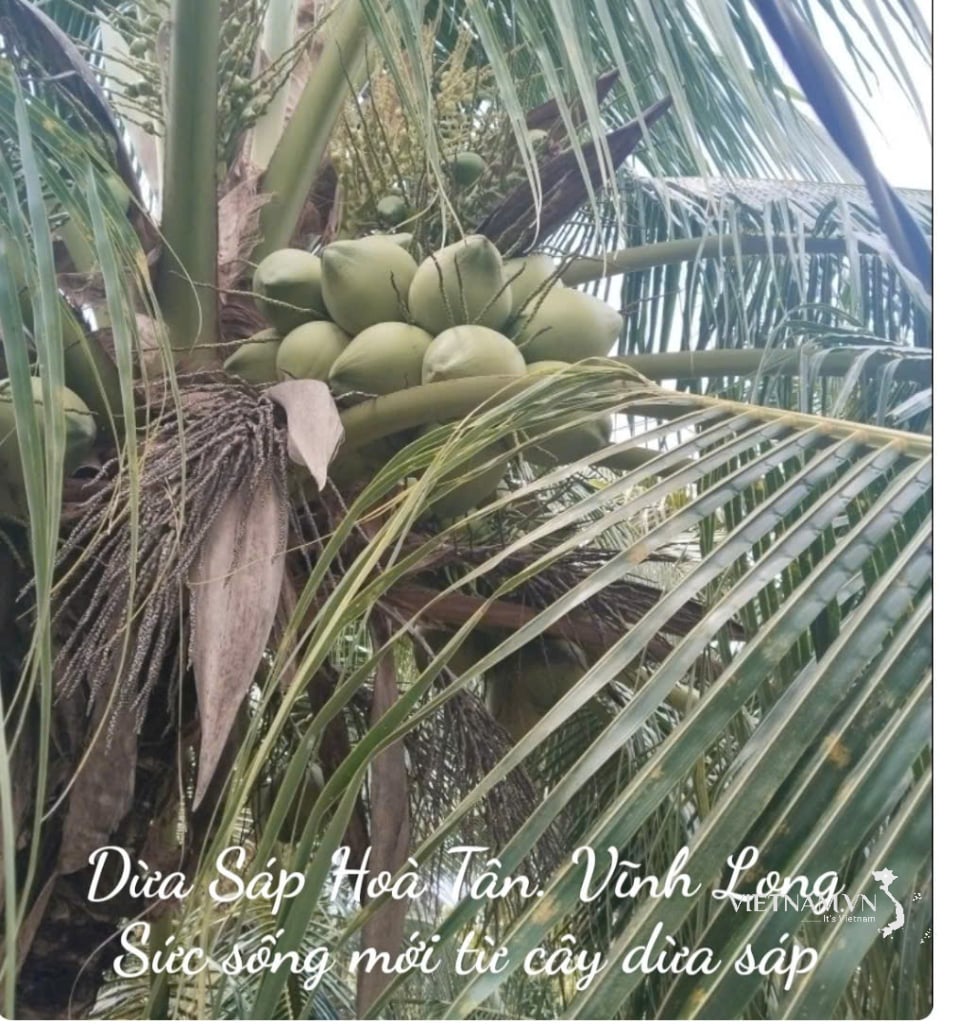
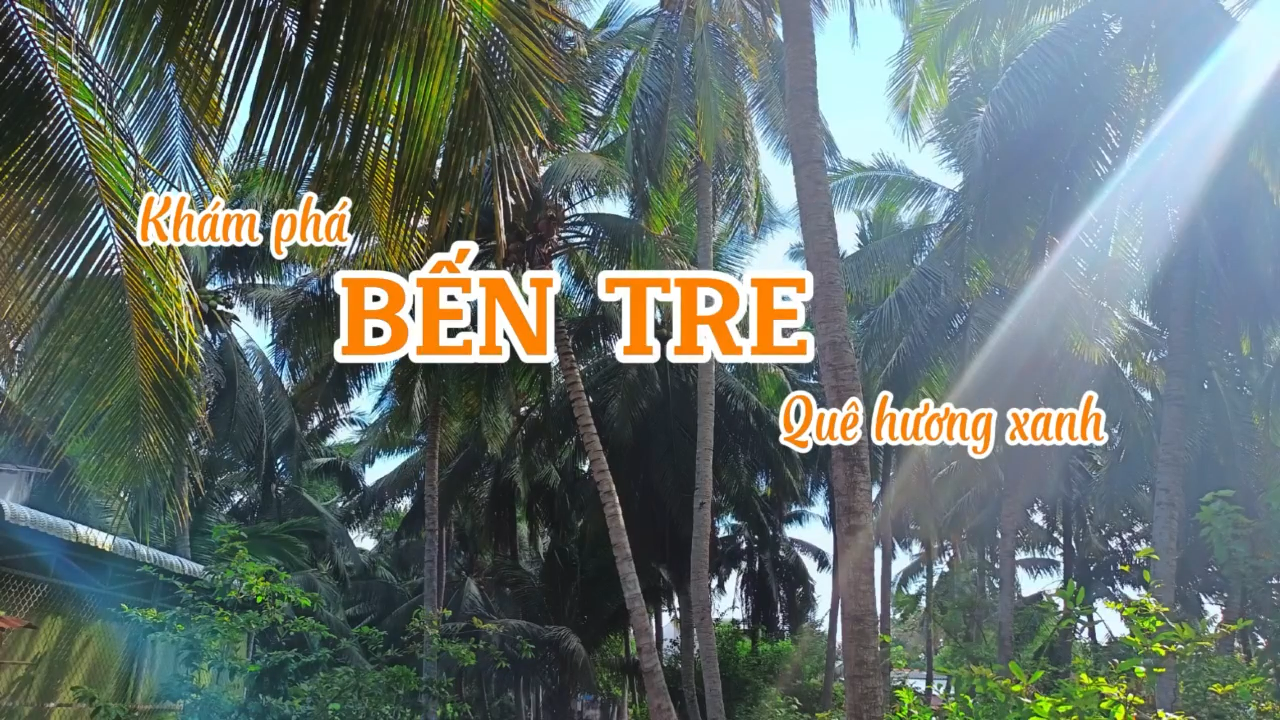
Comment (0)